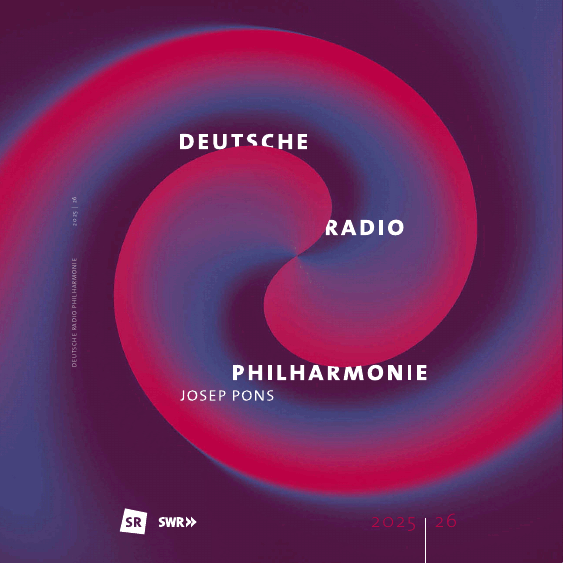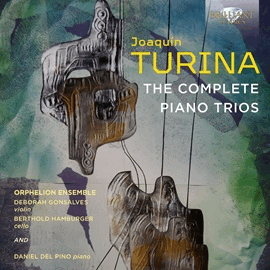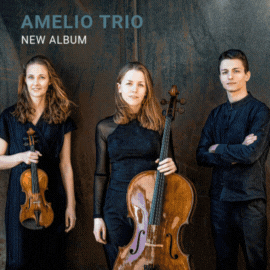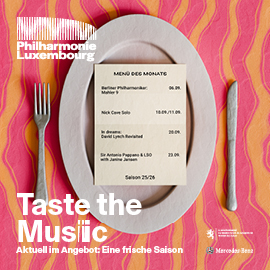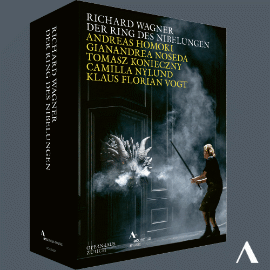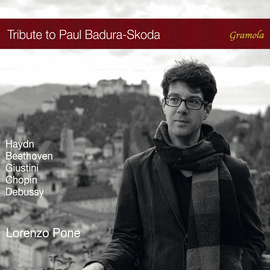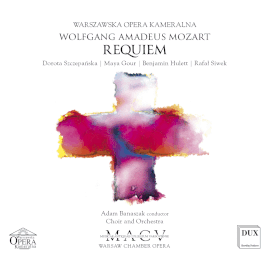Der älteste Beitrag zu diesem Album ist die Geige von Francesco Ruggiero aus dem Jahr 1680. Sie dient zur Darstellung von Werken aus drei Jahrhunderten, von denen die Chaconne aus der zweiten Partita von Bach als Einzelsatz aus einem größeren Werk von der vierten Sonate von Ysaÿe und kurzen Stücken begleitet wird. Die Komposition Tanz von Miroslav Miletic ist dabei die Verknüpfung zur Heimat der Geigerin. Miletic war ein kroatischer Komponist, der vor hundert Jahren geboren wurde und bis 2018 lebte. In seinen Werken finden sich viele Spuren der Folklore seiner Heimat.
Der Begleittext, der zu den Werken keine und auch zur Künstlerin kaum Informationen bietet, lässt sich schnell abhaken. Die Aufnahme hat die Geige, zu der Kortus eine enge Beziehung hat, häufig spitz und schrill eingefangen. Oder ist es doch die Spielweise der Solistin?
Die Präsentation der ausgewählten Werke ist ihr durchaus abwechslungsreich und spannend gelungen. Die Étude Nr. 3 von Widmann, die spielfreudig und auf Tempo konzipiert mit ihrer Schnelligkeit und Virtuosität bei den Solosonaten von Ysaÿe anknüpft, setzt systematisierte Intervalle und komplizierte Saitenfolgen ein, um immer schneller zu werden und gleichzeitig gehört immer langsamer zu klingen. Kortus bewältigt zum Abschluss diese Anforderungen mit einer deutlichen und fokussierten Lesart.
In allen Stücken lässt sie einen dem jeweiligen Charakter des Werkes zugeordneten Ton anklingen, der auch ihre persönliche Handschrift trägt. Die Chaconne bietet sie in elegant fließender Weise an, die einen Gesamtblick auf diesen Satz ermöglicht, der es nicht in Häppchen zerlegt. Die Caprice von Paganini wird ausmusiziert. Die Sonate von Ysaÿe wird prägnant formuliert, so dass man die Partiten von Bach als Ausgangspunkt nachvollziehen kann. Der Tanz von Miletic ist eine charmant musizierte Beigabe.
The oldest contribution to this album is Francesco Ruggiero’s violin from 1680, which is used to perform works from three centuries, of which the Chaconne from Bach’s second partita is accompanied by Ysaÿe’s fourth sonata and short pieces as a single movement from a larger work. The composition Tanz by Miroslav Miletic is the link to the violinist’s homeland. Miletic was a Croatian composer who was born a hundred years ago and lived until 2018. There are many traces of the folklore of his homeland in his works.
The accompanying text, which offers no information about the works and hardly any about the artist, can be quickly skimmed over. The recording often captures the violin, with which Kortus has a close relationship, in a sharp and shrill manner. Or is it the soloist’s playing style after all?
She succeeded in presenting the selected works in a varied and exciting way. Widmann’s Étude No. 3, which, with its speed and virtuosity, takes up where Ysaye’s solo sonatas left off, using systematized intervals and complicated string sequences to become faster and faster and at the same time sound slower and slower. At the end, Kortus masters these demands with a clear and focused reading.
In all of the pieces, she allows the respective character of the work to resonate, which also bears her personal signature. She offers the Chaconne in an elegantly flowing manner, which allows an overall view of this movement that does not break it up into chunks. The Caprice by Paganini is played to perfection. Ysaÿe’s sonata is succinctly formulated so that Bach’s partitas can be understood as a starting point. Miletic’s dance is a charming musical addition.



